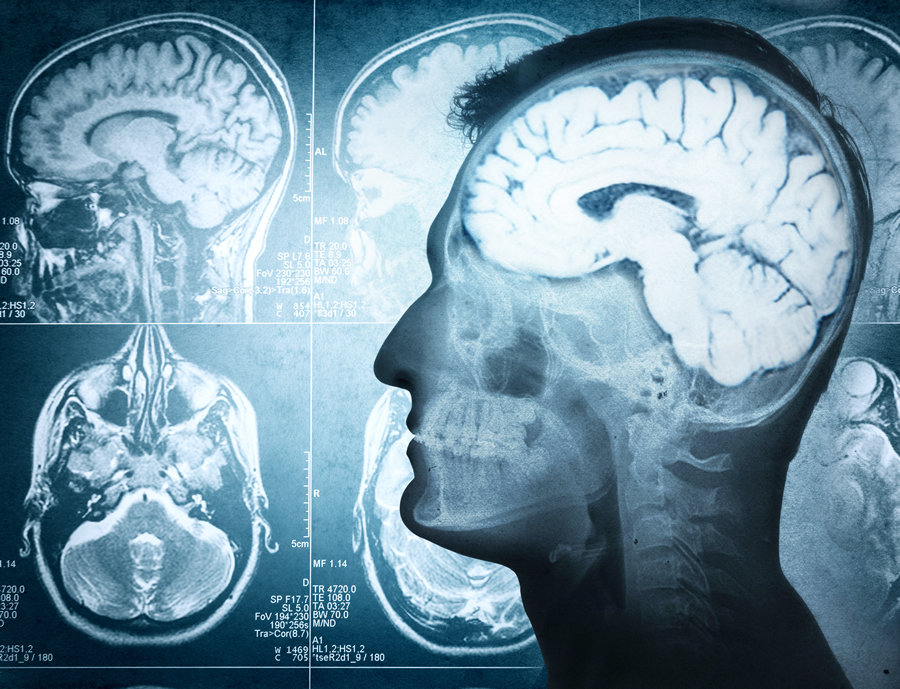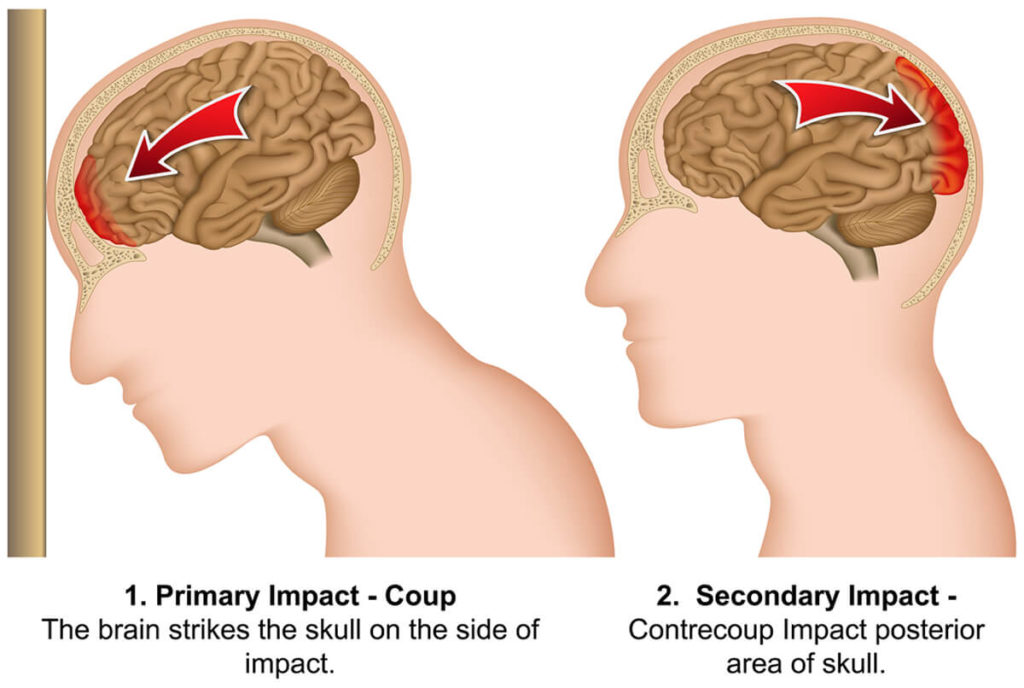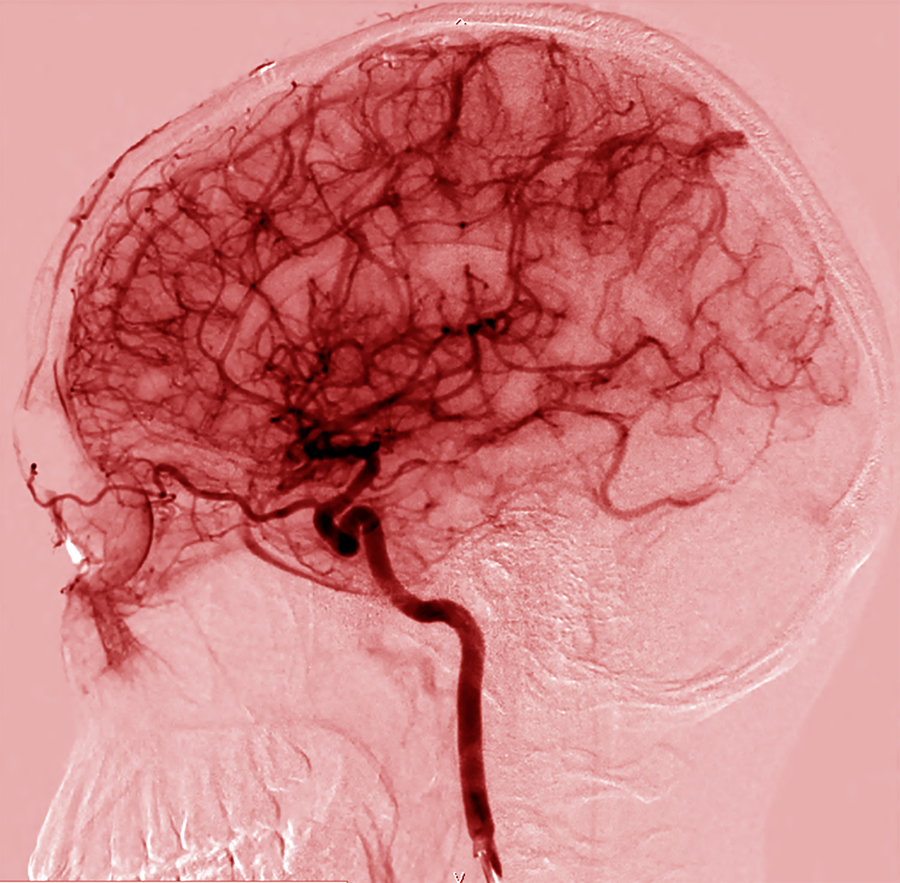
The human brain is the most complex structure in the known universe, and “what we know” barely scratches the surface of what there is “yet to learn.” Delicate in nature and literally floating in cerebral spinal fluid inside the skull, the brain weighs only about 3 lbs., reaches its full size at about age six, and only fully develops beyond adolescence.


The human brain is one of the more vascular organs in the body. Running throughout brain tissue is an extensive network of arteries, veins, and capillaries, carrying vital blood supply to and from the brain. If this network is compromised through trauma, significant tissue destruction can occur leading to significant loss of function or death.
A vast majority of traumatic brain injuries and related brain damage we see, are generally the result of harm or compromise to either the interconnected brain neurons or to the vessels that provide brain blood flow, along with trauma-related brain swelling. These injuries can be devastating and life altering.
Symptoms from a brain injury can manifest in multiple and varied ways with some overt and obviously disabling, while others less obvious but still significantly debilitating. For some, the symptoms are transient and improve. For others, tragically, a recovery can take a lifetime.
Treating physicians will say “If you’ve seen a brain injury then you’ve seen one brain injury.” In other words, no two brain injuries are alike.


